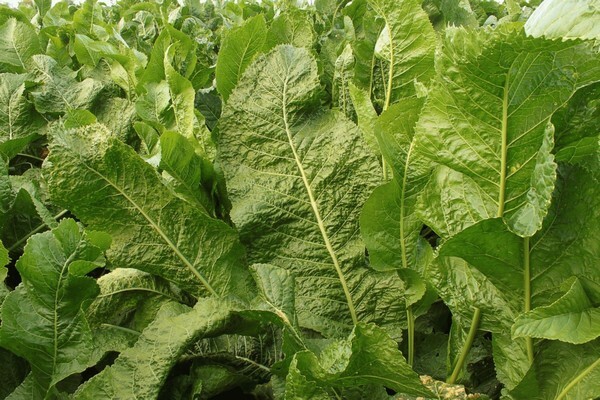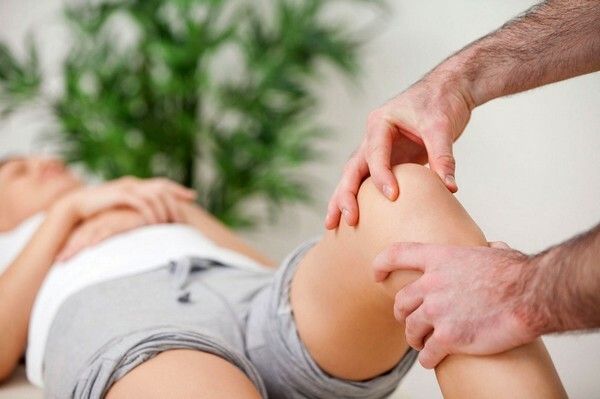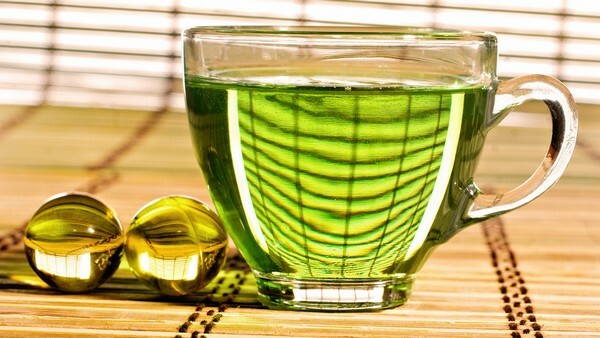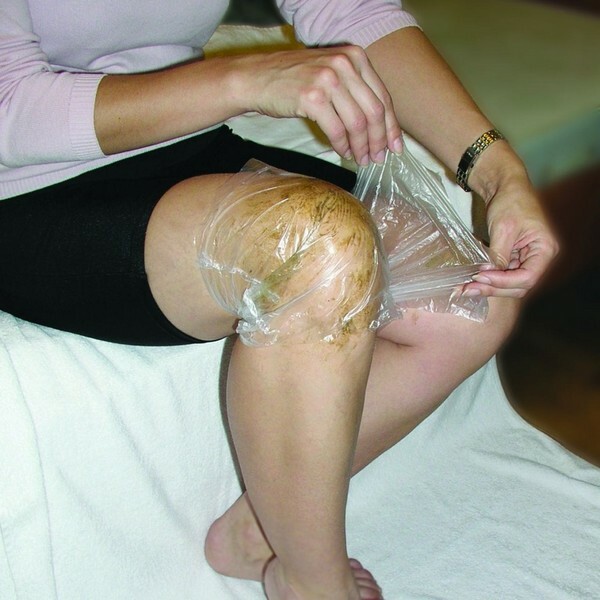- Useful properties of horseradish leaves
- Therapeutic effect of the plant
- Useful recipes
Osteoarthritis of the knee joint is a chronic pathology characterized by a gradual thinning of the joint tissue. The main symptoms of the disease are severe pain while walking and even during rest. Osteoarthritis requires a long-term complex therapy, which consists in taking pharmacological preparations and conducting physical procedures. In particularly severe cases, surgical intervention is required. Often avoid surgery helps treatment of arthrosis of the knee joint with horseradish leaves. Compresses and rubbers from medicinal plants are used in folk medicine to stop inflammation and reduce the severity of the pain syndrome in the joint region.

. Useful properties of horseradish leaves.
. Virtually all parts of the plant can be used to treat pathologies of the musculoskeletal system: arthrosis, arthritis, intercostal neuralgia and osteochondrosis. But the most optimal amount of biologically active substances is found in fresh dark green horseradish leaves. The presence of mustard oil in them determines the anti-inflammatory properties of compresses and tinctures. The organic substance penetrates directly into the affected joint, slowing its degenerative-dystrophic changes. Also in the chemical composition of horseradish leaves are the following ingredients:
- microelements of calcium, iron, magnesium, phosphorus, molybdenum, necessary for the restoration of the damaged knee joint;
- vitamins of group B, folic, nicotinic, ascorbic acids, taking part in metabolic processes;
- phytoncides, which normalize blood circulation in the cartilaginous tissue and ensure the delivery of nutrients and biologically active substances;
- flavonoids that prevent the destruction of bone structures;
- essential oils, which have an antiseptic and disinfectant effect.
It should be noted separately the anti-edema activity of compresses from horseradish leaves. Arthrosis proceeds against the background of fluid accumulation in the affected cartilage tissues. The diseased knee swells, increases in size, redness appears on the skin. Tannins and flavonoids from horseradish leaves puffiness, do not allow it to spread to nearby soft tissues.

The therapeutic effect of the plant
The treatment of the leaves of the horseradish knee is practically unlimited. This method of therapy is not suitable only for pregnant women and people with individual sensitivity to the plant. In the latter case, there is a possibility of developing a sensitization reaction. However, redness on the skin often appears in a person who is not prone to allergies. The color change of the upper layer of the epidermis is due to the action of the caustic mustard oil contained in the horseradish leaves. As a rule, reddening of the skin occurs during the first days of treatment, and then completely disappears.
In the therapy of any arthrosis, including the knee joint, horseradish leaves are used only for external use. Simultaneous use with a slice of black bread crushed roots of this plant significantly accelerates recovery. This method of treating the disruptive joint is well combined with the use of non-steroidal anti-inflammatory drugs, muscle relaxants and chondroprotectors. During the procedures, the area of inflammation warms up, which causes the acceleration of metabolism and tissue healing.
Warning: Treatment of arthritis with horseradish leaves does not replace conservative therapies, but serves only as a supplement. The advisability of using traditional medicine recipes should be consulted with a neurologist or a therapist.
Rastirki and compresses from a spicy plant have a pronounced antispasmodic and analgesic effect. After only 10-15 minutes after application of the remedy:
- the pain subsides;
- a person can freely stand on his foot.
When using a combination of folk remedies from leaves and horseradish roots, not only painful sensations are eliminated - the overall health of a person improves. Replenishment of stocks of microelements and vitamins favorably affects the work of the entire musculoskeletal system. And strengthening of immunity and normalization of blood circulation allows to avoid occurrence of degenerative-dystrophic changes in other departments of the spinal column.

Useful recipes
Treatment of knees with horseradish leaves is performed only in the absence of acute inflammatory process in the affected joint. When the disease has taken a chronic course, then to remove the pain fit both fresh and dried vegetable raw materials. In order to achieve the maximum therapeutic effect in a short time, certain rules should be observed:
- should not exceed dosages and duration of treatment;
- observe equal time intervals between procedures;
- during the therapy do not use other recipes of traditional medicine.
If, when applying compresses or rubbing rubbing, severe pain or burning sensation occurs, immediately remove the mixture from the diseased knee and rinse the skin under a stream of cool water.
Advice: The maximum medicinal properties are fresh young leaves. For the therapy of arthrosis of the knee joint, it is necessary to choose vegetable raw materials that are not damaged by putrefactive processes or garden pests.

Infusions
Horseradish for pain in the knees in the form of infusion is used for frequent( 4-5 times a day) rubbing into the damaged joint. This method of treatment promotes the accumulation in the cartilaginous and articular tissues of biologically active substances that stop edema and eliminate pain. Prepare the infusion as follows:
- In a ceramic or glass container, pour 5 tbsp.spoons of dry vegetable raw materials or put one large sliced fresh leaf.
- Pour 3 cups of hot water and leave for 30-40 minutes.
- Cool, filter, store in a cool dark place.
Rubbing
This preparation will require vodka without additives or 45% ethyl alcohol. You can buy at the pharmacy 90% alcohol solution and add to it an equal volume of boiled water. Capacity of dark glass should be filled with fresh leaves, tightly ramming them. Then gently along the wall pour vodka to the neck, periodically shaking the jar to remove bubbles. Close the container tightly with a lid and put in a dark warm place. After two weeks, you can start treating patients with knees. To do this, it is necessary to rub a teaspoon of alcohol tincture into the damaged joints in the morning and evening.
Compresses
This fast and effective method of treatment is especially suitable for the owner of the local area where horseradish grows. A large fresh leaf should be ground with a mortar and pestle to the state of thick slurry. Then the fragrant means should be wrapped in a cotton cloth and put on the knee joint, fastened with a bandage. Hold the compress for 1-2 hours, then rinse the skin with water and grease with a nutritious cream. Traditional healers advise and such a way of treating arthrosis:
- A large fresh horseradish sheet should be repulsed a little and abundantly lubricated with thick honey.
- Apply to the diseased knee, cover with plastic wrap.
The treatment time is 3-4 hours. After removing the horseradish sheet, you can see a whitish coating on it. This is nothing but the harmful mineral compounds released from the joint, one of the reasons for the painful sensations and the characteristic crunch when moving.
It is interesting: The enzymatic compound lysozyme from the composition of horseradish leaves prevents the development of infection, often accompanying degeneration of tissues. The compound, identical to the enzymes produced in the human body, can destroy the envelopes of pathogenic bacteria and fungi, which causes their death.
